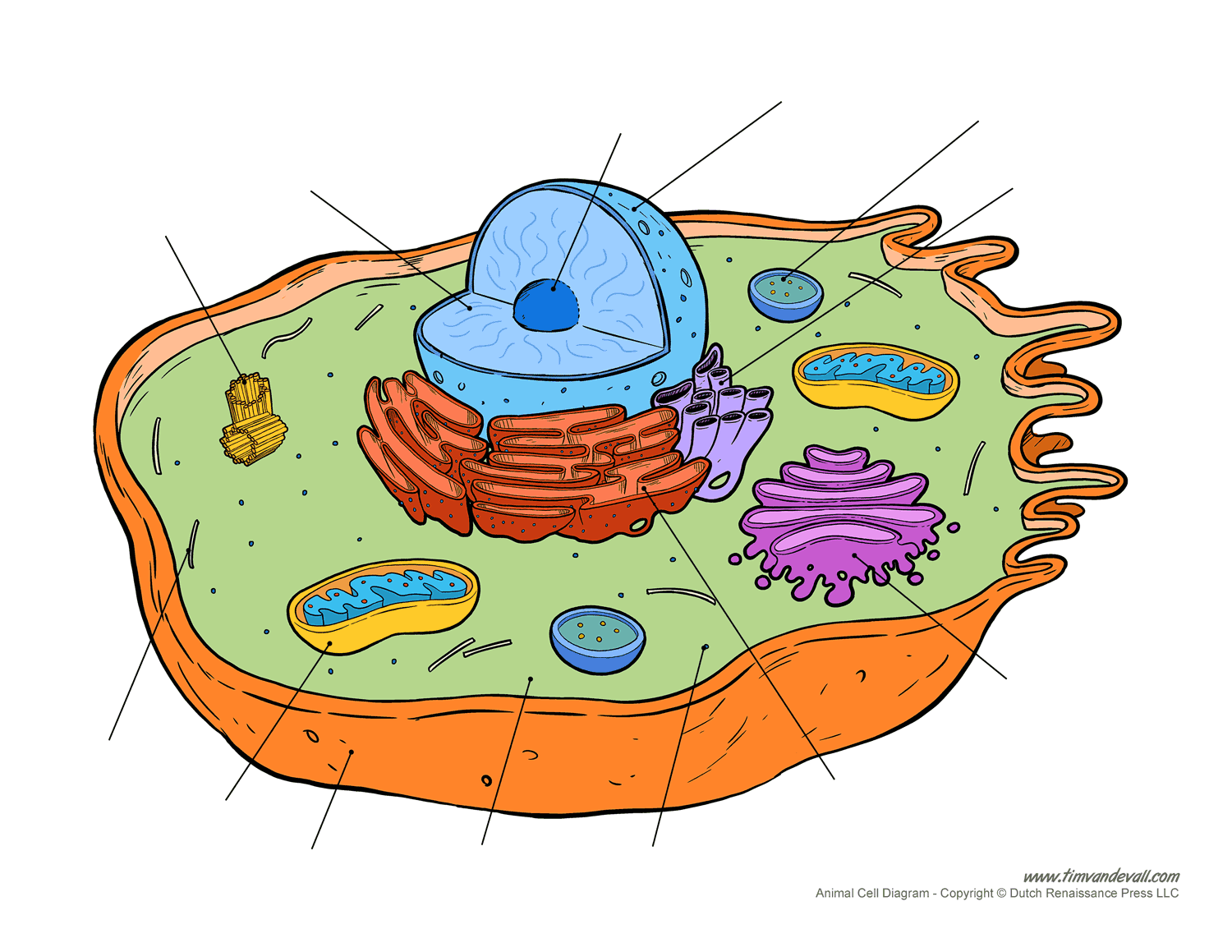Psychology exam prep - People and tests
1/13
There's no tags or description
Looks like no tags are added yet.
Name | Mastery | Learn | Test | Matching | Spaced |
|---|
No study sessions yet.
14 Terms
Chapter 2: Phineas Gage, Walter Freeman, Roger Sperry,
2

When and what happened to Phineas Gage, and how did this change his personality?
Happened in 1848 when he was working at a railroad
Gage was 25 and was described as well organised, reasonable and calm.
The tampering iron hit into the left side of his face, under his cheek bone and continued before exiting through the top of his skull. Damaging his frontal lobes
His personality had changed. He was impulsive, uncaring of others and would often swear
What did Walter Freeman do with his assistant James Watts
They were the first people to preform frontal lobotomy
Claimed mentally ill people were obsessed with their own problems and had overactive emotions
He believed the Thalamus was the centre of human emotions. So he severed the neural connections between the thalamus and pre-frontal cortex.
He drilled holes on either side of the skull before inserting the knife
Local anaesthesia was used so they could respond.
The results showed that patients developed apathy, decreased concentration and numbness.
What did Roger Sperry conduct?
He conducted the split-brain research, usually on cats and monkeys
He found that the two hemispheres worked independently when the corpus callosum was cut
He conducted the split-brain surgery to treat epilepsy
What was the experiment Roger Sperry conducted?
He asked participants to focus on a black dot in the middle of the screen.
Participants were flashed words either left or right. Participants could see the word on the right, but not the left.
When words flashed left, participants closed their eyes and drew what they saw.
Chapter 6: Cognitive developement
6
What are some strengths and limitations of Piaget’s theory of cognitive development?
Strengths: Provides understanding of differences between adults and kids
Inspired a great deal of research
Limitations: Kept stating repetitive questions which may cause the child confusion
He tested only on his children and his colleagues of high social economic statis (Low generalisability)
Chapter 7: Attachment theories. Case study, Genie the wild child
7
What happened to Genie
She was isolated and confined to a small bedroom. Harnessed to a potty seat during the day and a sleeping bag at night. Heard very little language and beaten by farther if she made any noise
What physical, emotional and cognitive affects did her isolation from the world have on Genie?
Affect: physical
Couldn’t chew food, vocal cords were weak and couldn’t walk properly
Affect: Emotional
Couldn’t speak, desperate for attention, struggles with regulating emotions
Affect: Cognitive
Only able to understand a few words
What was the aim and the method (Participants,materials and design (dv/iv)) of Harlow’s emotion over physiological needs with rhesus monkeys
Aim: Investigate whether contact comfort of the provision of food is more important when forming infant-mother attachment
Participants: Eight infant Rhesus monkeys
Materials: Cloth-covered surrogates, wire-mesh surrogates and milk bottles
Iv: Whether milk bottles were attached to the cloth or wired surrogate
Dv: Time the monkeys spent on surrogates
What was the procedure for Harlow’s experiment
1: Infant monkeys were placed in separate cages, both containing two surrogate mothers
2: 4 Cages had milk bottles attached to cloth covered surrogate and the other 4 had milk bottles attached to wire-mesh surrogate
3: Time each monkey spent holding onto each surrogate in cage was timed